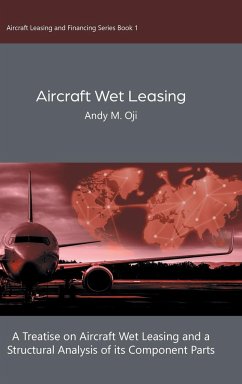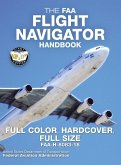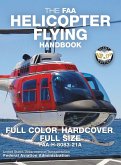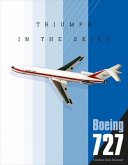Over the last 50 years, aircraft leasing has rapidly developed and increased in importance. Today, more than half of all commercial aircraft operators around the world lease more than 50% of their aircraft, and almost all airlines use leased aircraft for their operations. Leasing is now the most efficient way of acquiring aircraft, and is no more regarded as a capital substitute for second- and third-tier carriers with poor access to traditional debt and equity markets, or the "poor man's way" of building a fleet, it is indeed a legitimate source of low-cost capital for airlines. The author examines aircraft wet leasing from the practical point of view of an airline operator with sufficient detail to reveal its operation in practice. The book commences with a discussion on the fundamentals of aircraft as a compelling alternative investment portfolio, detailing the reasons and benefits of investing in aircraft and how to invest. It considers the dichotomy between new and used aircraft, the ageing-aircraft question, the impact of ageing on aircraft economics and on aviation safety, whether ageing-aircraft bans or the mandatory retirement of ageing aircraft improve aviation safety and whether such restrictions infringe on the rights of aircraft owners. The idea of aircraft leasing, the aircraft leasing industry, regulatory restrictions on the use of wet lease and the question of operational control and responsible party in a wet-lease operation are examined. The sometimes confusing concept of aircraft wet leasing is clearly unravelled and the component parts of an aircraft wetlease agreement are analysed in great detail in order to expound the legal principles underpinning certain terms and the practical reasons for their inclusion. Some of the important topics discussed in this section include aviation insurance, problems of crossborder wet leasing, the question of adequate regulatory oversight and the relevance of Article 83bis of the Chicago Convention, flag of convenience in an aviation context, guaranteed minimum aircraft utilisation, asymmetric or unilateral option and nonexclusive jurisdiction clauses, wet leasing with state or sovereign parties and others. The format of presentation of the chapter dealing with component parts of aircraft wet-lease agreements is unique: it follows the structure of a typical aircraft wet-lease agreement. The author first discusses the general legal issues to be considered in structuring a wet lease and then furnishes sample drafts of terms and clauses to take care of these legal issues. This approach enhances understanding of the legal and practical aspects of the subject. This compelling publication provides a convenient one-volume resource in the field of wet leasing and structured, expert guidance to negotiating wet-lease agreements. It is also a practical guide for the use and benefit of everyone involved in wet leasing, including airline in-house counsel, lawyers, jurists, aircraft investors, business-aircraft owners, airline accountable managers, aviation regulatory authorities, international aviation organisations, and aviation-related departments of national governments. Because many parts of an aircraft wet-lease agreement are derived from the general principles of law of contract, this book, particularly the parts dealing with analysis of the component parts of an aircraft wet-lease agreement, will be useful to all students of law of contract and all those involved in negotiating, drafting and implementing all forms of contract.
Hinweis: Dieser Artikel kann nur an eine deutsche Lieferadresse ausgeliefert werden.
Hinweis: Dieser Artikel kann nur an eine deutsche Lieferadresse ausgeliefert werden.







